Types of bugs on strawberries and how to deal with them
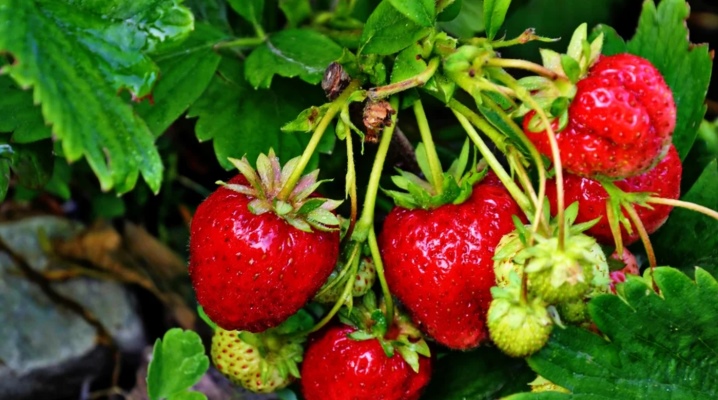
Strawberries are often attacked by all sorts of pests. How to deal with them is described in detail in this article.
Which strawberries are eaten?
Strawberry whitefly
This insect is the main pest of strawberries, which looks like a small butterfly. She lays eggs on the underside of plant leaves. The larvae that hatch from them subsequently suck nutrients from the plant, which harms it. The main signs of damage are leaf curling and their yellowness, in addition, various fungal diseases may appear.

Shaggy bronze
These are small black beetles with white spots. The most favorable place for them is the soil rich in humus. Signs of the appearance of this pest are easy to notice - these are damaged inflorescences and eaten foliage.
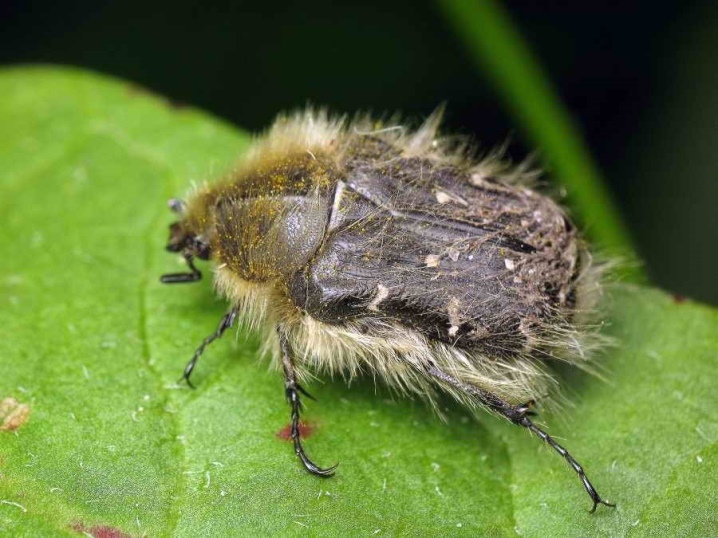
Nettle weevil
Another dangerous little pest that has a bright green color. Its larvae actively eat buds, and older individuals eat young foliage. In winter, they hide in the soil.
It is not difficult to notice the appearance of this pest. Signs are a damaged root system, eaten edges of foliage and low fruiting activity.
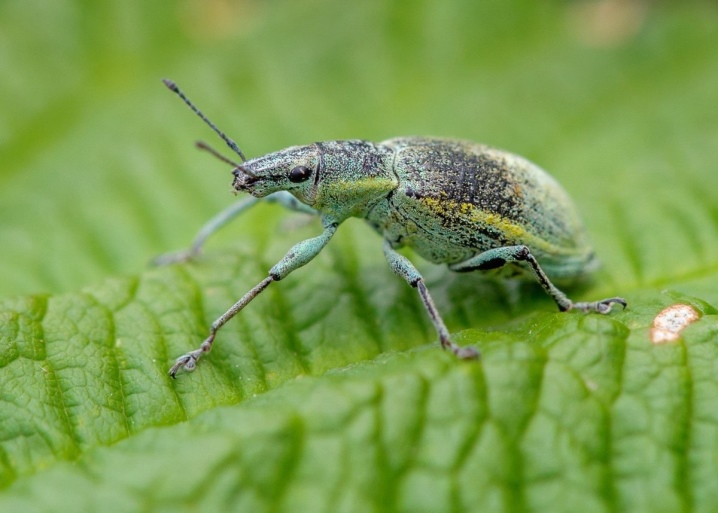
Medvedka
Another pest that has a red or brown color. In size, this insect can reach 6 centimeters. She actively lays eggs in earthen depressions, and the larvae that hatch from there begin to eat the plant and its roots. Eventually it fades.
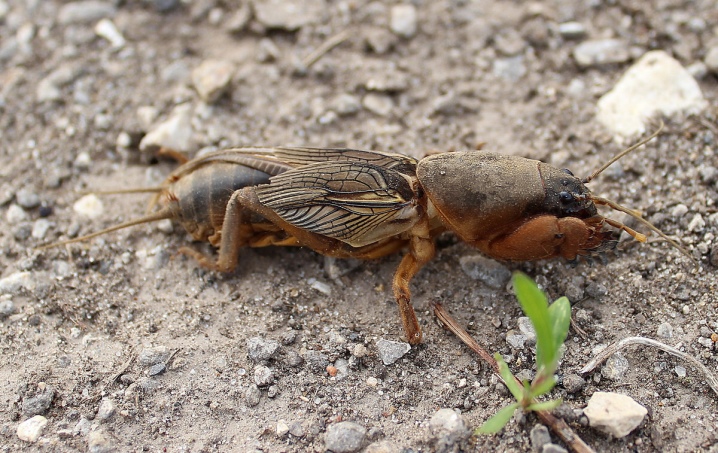
Aphid
The smallest pest on this list, which, however, must be dealt with, otherwise the plant may die. The main signs of the appearance of aphids are deformation of the foliage and its yellowness, a sticky mass on them, as well as the cessation of the development of buds.
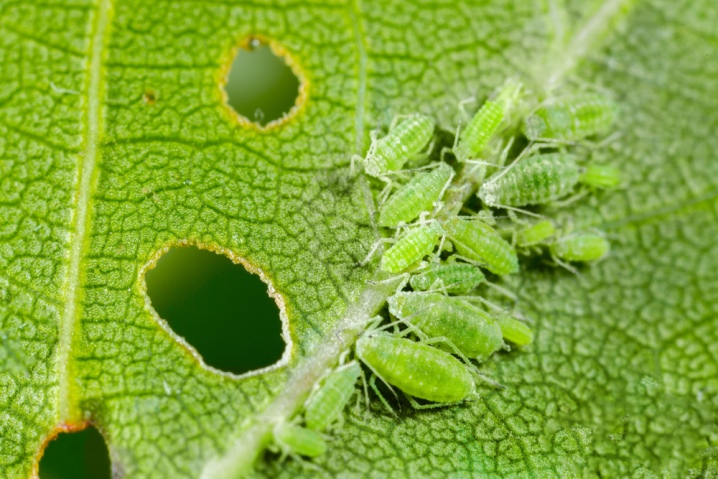
Slugs
Another pest that adores red berries. It appears most often in soils with high levels of moisture.
These parasites appear mainly at night. Eaten berries and holes in the foliage testify to this.
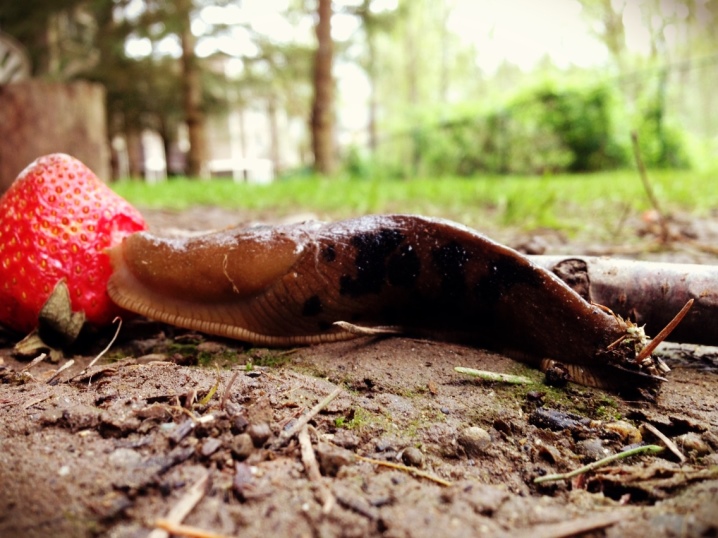
Sequins
These are small black beetles with reddish spots on the back. They may seem completely harmless, but they can seriously harm your plantings. These pests feed on strawberry pulp, giving preference to overripe berries and pollen.
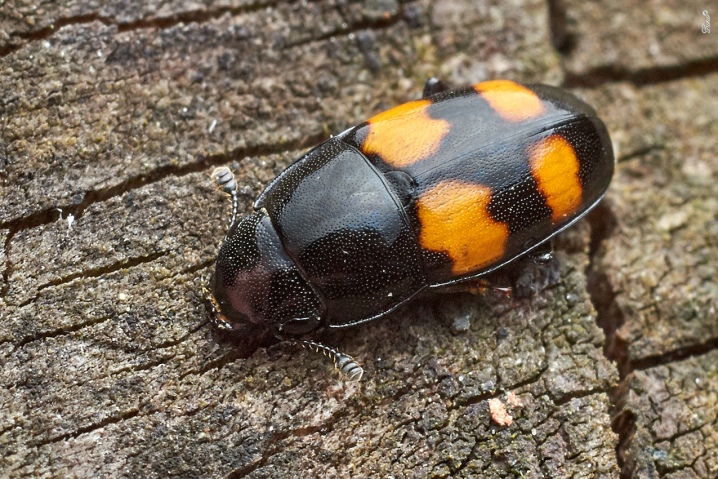
Spider mite
This pest hides at the bottom of the leaf, it is quite difficult to notice it. These are small greenish insects that move at high speed. They feed on plant juices, due to which the latter's immunity decreases. Their appearance on the plant is evidenced by light dots on the foliage, its dying off and the presence of a thin web.
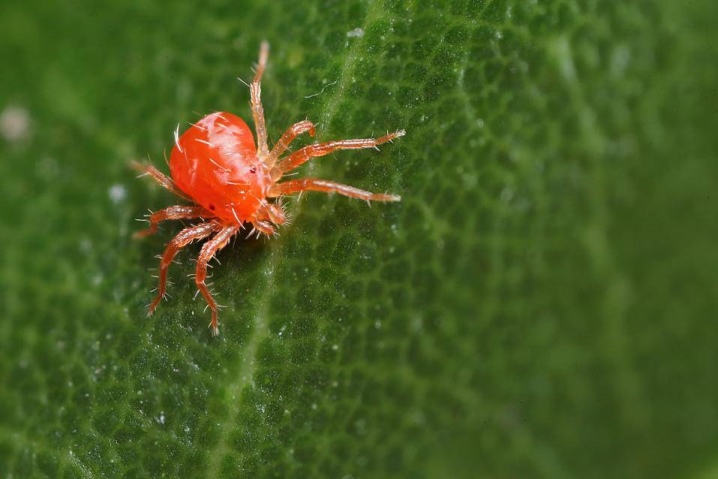
Control methods
Most often, trying to control pests, summer residents use folk remedies. These include, for example, garlic infusion, a solution of ash or potato tops, and solutions based on dry mustard or red pepper. For pest control, mixtures containing iodine, ammonia and hydrogen peroxide are also suitable.
These methods are the most environmentally friendly and do not harm either the fruit or beneficial insects.
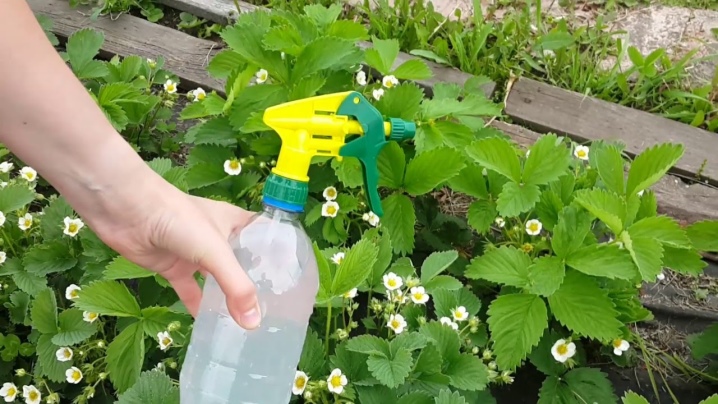
Some especially patient summer residents recommend mechanical methods of dealing with harmful insects. They involve self-cleaning of pests from strawberry bushes.However, this method is only suitable if the insects have not yet had time to breed, otherwise all efforts will be useless.
The most effective is the use of chemicals that are presented in large quantities on the market. They cope well with pests, however, if used improperly, they can harm fruits and humans, which is why it is necessary to follow safety rules, and when spraying, be sure to use a respirator. The downside is that this kind of means negatively affects not only parasites, but also beneficial insects. In addition, many of the chemicals cannot be used during flowering and fruiting of strawberries, otherwise the berries will be unsuitable for human consumption.
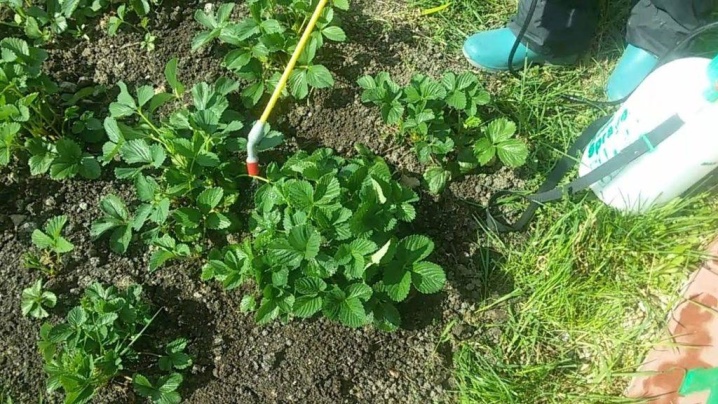
Prophylaxis
To avoid the appearance of harmful insects, it is also recommended to follow a number of preventive measures.
Initially, it is recommended to regularly get rid of weeds that may be inhabited by pests.
It is necessary to plant strawberries in areas that are open, can be ventilated and well lit by the sun. Planting bushes too close to each other is also not worth it.
For prevention, it is necessary to periodically process plants to prevent the appearance of parasites.
Strawberries should be picked right away to keep them from overripe. Moreover, it is also not recommended to allow the berries to come into contact with the soil.
After harvesting, it is necessary to burn the remnants of old leaves, as larvae or various kinds of infections may remain on them.
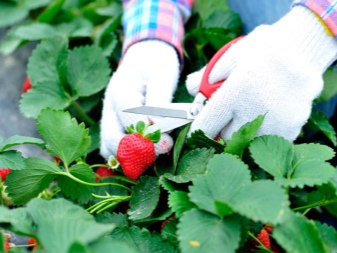
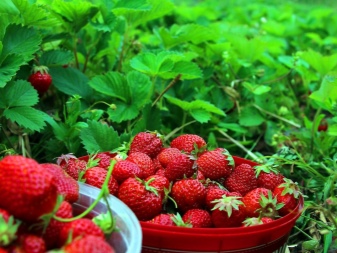













The comment was sent successfully.